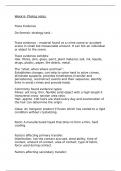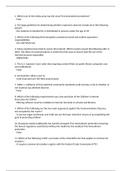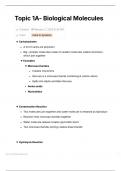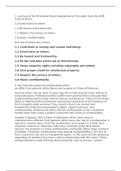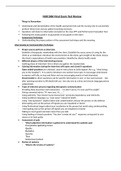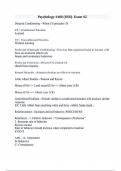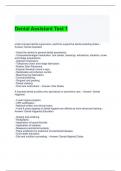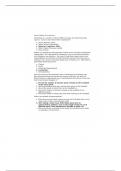Lecture notes
Forensic photography notes
- Module
- Forensic Science
- Institution
- Anglia Ruskin University (ARU)
These are my forensic photography notes I've made during class, goes over some basics you need to know as well as important information I needed for my exams !
[Show more]
